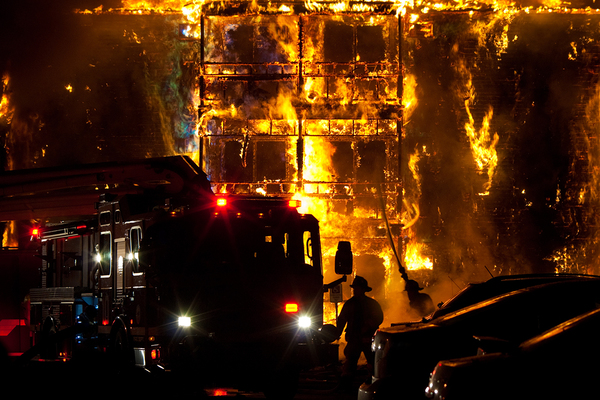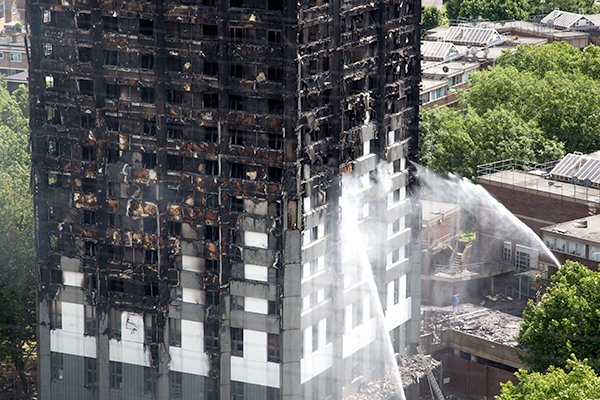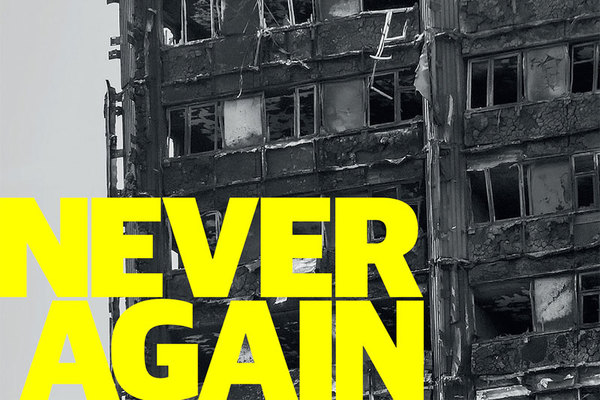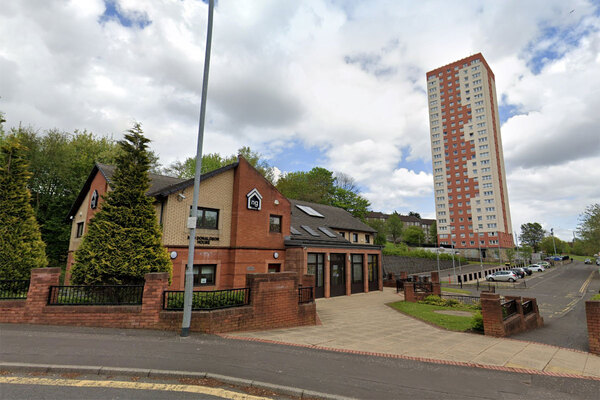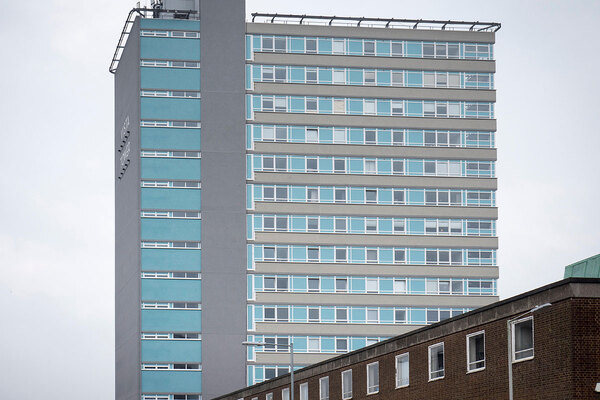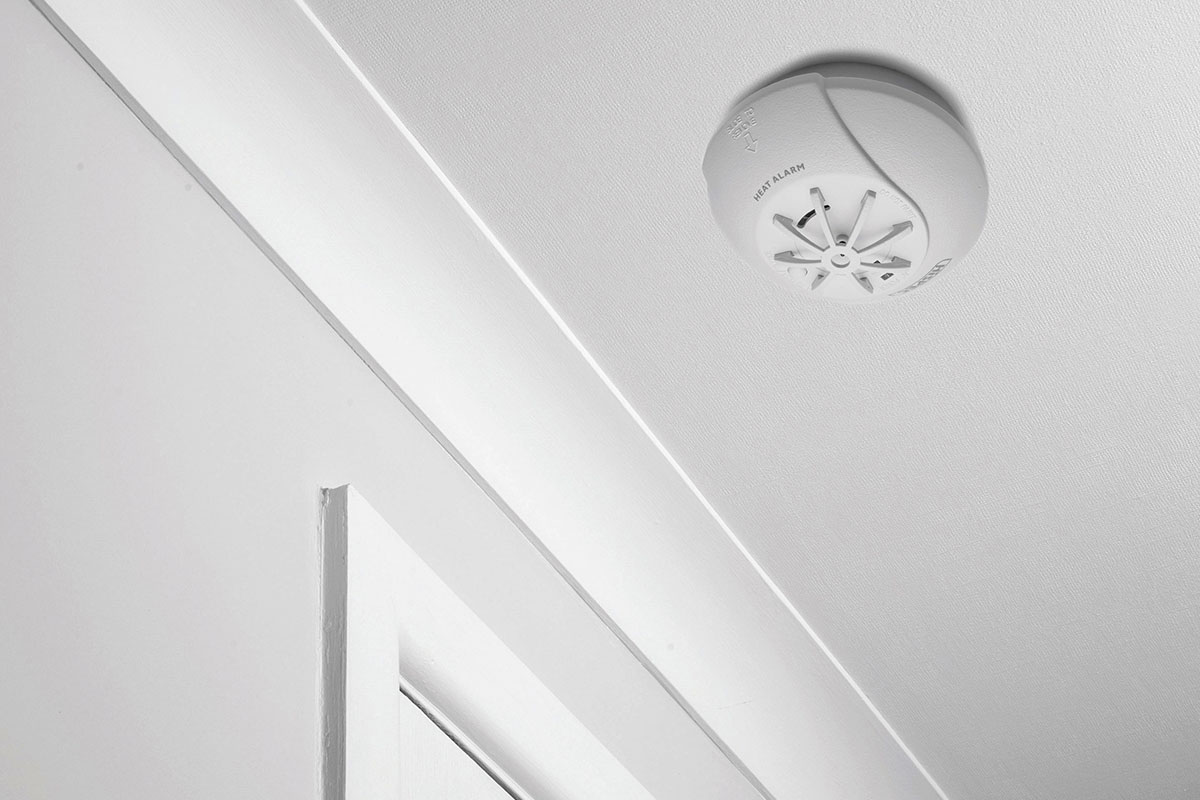You are viewing 1 of your 1 free articles
Learning about fire safety from across the world
A report from Australia about fire safety shows there is plenty of learning out there that housing professionals can access now, says Martin Hilditch
Much has been written in these pages recently about the need to improve the way that learning about health and safety is both spread and acted on in the housing sector.
This week, ahead of the various inquiries into the Grenfell Tower tragedy, a report was published in Australia that has much to contribute.
Carried out by an Australian government committee (the Economics References Committee), it is something that every housing professional responsible for the construction, management and maintenance of tower blocks in the UK should read.
The interim report, into aluminium composite cladding, was prepared following the Grenfell fire and feeds into a wider piece of work started after a tower block fire in Melbourne – in the 23-storey Lacrosse apartment building – back in November 2014.
That fire started on an eighth floor balcony and spread up to the roof, covering 23 floors in 11 minutes. The Metropolitan Fire and Emergency Services Board (MFB) found that the use of aluminium composite panel (ACP) cladding – similar to the type used on Grenfell – had contributed to the rapid spread.
This week’s report references the MFB’s post-incident analysis report. In terms of preventing loss of life, this highlighted two areas. It emphasises that the MFB stated “if not for the performance of the sprinkler system and the quick and professional response by MFB firefighters, there could have been a greater likelihood of serious injury or even loss of life”.
The report also contains criticism of how quickly regulators responded to and took on board lessons from the 2014 fire, with the acting deputy chief officer of the MFB stating “since then I believe that regulators have been rubbing the sleep out of their eyes”.
Similar questions can be asked about the regulatory response to the Lakanal House inquests in this country back in 2013. Concerns raised about the time lag between the Lacrosse fire and “any meaningful resolution” on “possible steps forward” between the key players has a parallel with Lakanal – and everyone concerned must make sure it is not the story of Grenfell, too.
The committee also raises concerns about on-site inspections throughout the building process – raising the question of whether this should be done through the “reinstatement of the role of clerk of works”.
The disappearance of the clerk of works (who assesses work undertaken by contractors and checks building and refurbishment work to ensure quality meets specifications) has been bemoaned by the Royal Institute of British Architects since the Grenfell tragedy.
The Australian report states “there needs to be a central oversight role independent from industry to provide assurance to the public that structures are built according to the agreed national standard”.
As the Australian report highlights “prior to the 2014 Lacrosse building fire, there were at least seven international fire events” involving ACP panels. Yes, there will be specific learning to emerge from the various Grenfell investigations and inquiries. But there is plenty to think about and implement now – so make a start with this week’s report.
Martin Hilditch, deputy editor, Inside Housing
Never Again campaign
In the days following the Grenfell Tower fire on 14 June 2017, Inside Housing launched the Never Again campaign to call for immediate action to implement the learning from the Lakanal House fire, and a commitment to act – without delay – on learning from the Grenfell Tower tragedy as it becomes available.
One year on, we have extended the campaign asks in the light of information that has emerged since.
Here are our updated asks:
GOVERNMENT
- Act on the recommendations from Dame Judith Hackitt’s review of building regulations to tower blocks of 18m and higher. Commit to producing a timetable for implementation by autumn 2018, setting out how recommendations that don’t require legislative change can be taken forward without delay
- Follow through on commitments to fully ban combustible materials on high-rise buildings
- Unequivocally ban desktop studies
- Review recommendations and advice given to ministers after the Lakanal House fire and implement necessary changes
- Publish details of all tower blocks with dangerous cladding, insulation and/or external panels and commit to a timeline for remedial works. Provide necessary guidance to landlords to ensure that removal work can begin on all affected private and social residential blocks by the end of 2018. Complete quarterly follow-up checks to ensure that remedial work is completed to the required standard. Checks should not cease until all work is completed.
- Stand by the prime minister’s commitment to fully fund the removal of dangerous cladding
- Fund the retrofitting of sprinkler systems in all tower blocks across the UK (except where there are specific structural reasons not to do so)
- Explore options for requiring remedial works on affected private sector residential tower blocks
LOCAL GOVERNMENT
- Take immediate action to identify privately owned residential tower blocks so that cladding and external panels can be checked
LANDLORDS
- Publish details of the combinations of insulations and cladding materials for all high rise blocks
- Commit to ensuring that removal work begins on all blocks with dangerous materials by the end of 2018 upon receipt of guidance from government
- Publish current fire risk assessments for all high rise blocks (the Information Commissioner has required councils to publish and recommended that housing associations should do the same). Work with peers to share learning from assessments and improve and clarify the risk assessment model.
- Commit to renewing assessments annually and after major repair or cladding work is carried out. Ensure assessments consider the external features of blocks. Always use an appropriate, qualified expert to conduct assessments.
- Review and update evacuation policies and ‘stay put’ advice in the light of risk assessments, and communicate clearly to residents
- Adopt Dame Judith Hackitt’s recommended approach for listening to and addressing tenants’ concerns, with immediate effect
CURRENT SIGNATORIES:
- Chartered Institute of Housing
- G15
- National Federation of ALMOs
- National Housing Federation
- Placeshapers

